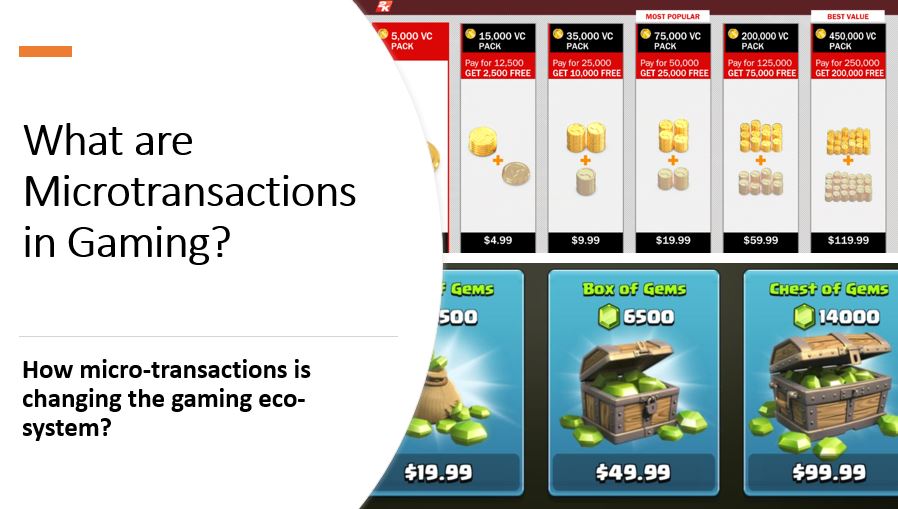The Truth Behind Microtransactions and DLCs in Free-to-Play Games
The free-to-play games business model has grown rapidly in popularity in recent years. While free games allow wider access for players, companies rely largely on additional purchases to remain profitable. Two common forms are microtransactions for cosmetic items and downloadable content (DLC) expansions. However, there remains controversy around the ethics and impact of these practices on players. This article aims to examine both sides of the argument through a detailed look at how microtransactions and DLCs work, the psychology behind them, and examples of good and bad implementations.
Understanding Microtransactions
Microtransactions, usually in the form of cosmetic skins and items, are a core part of many free-to-play games’ monetization. While not providing any competitive advantage, these virtual goods can still generate huge profits. For example, League of Legends made over $624 million in 2013 alone from optional skin purchases. Game developers purposely design games to subtly motivate players towards spending. Tools like premium statuses, limited-time offers, and social prestige systems leverage psychological factors to encourage microtransactions. However, some argue this skirts the line of exploitation by manipulating human tendencies for social approval and fear of missing out.

The Gray Area of Downloadable Content
DLC offers additional story, maps, modes, and items for an extra price after the original release. Implementations vary in quality and value offered. In story-driven single-player games like Mass Effect or Borderlands, well-crafted expansions that enhance the experience are generally appreciated. However, some small multiplayer DLC packs that only provide minor or unnecessary buffs feel coercive or lacking in content for the cost. Developers must strike a balance - DLC should enrich the game without fragmenting or “paywalling” the core experience. Like microtransactions, repetitive or low-effort DLC risks angering the playerbase.
A Balanced Perspective
While free-to-play games rely on additional purchases, the extent of their impact is debated. Cosmetic-only microtransactions and high-quality expansions offer reasonable ways to support development when optional. However, some predatory practices undermine this goodwill and risk normalizing spending habits in vulnerable demographics like children. Developers must consider player well-being along with profits. Overall, the model can work ethically if implemented transparently and for the benefit of all parties in the relationship between creator and audience. With care and moderation on all sides, “freemium” games may continue to prosper while better serving player interests.
Real-World Examples
Team Fortress 2 exemplifies well-done microtransactions done right. Its purely cosmetic item drops and marketplace create a lively economy without pay-to-win concerns. Conversely, the incremental Payday 2 DLC rubbed many the wrong way through frequent negligible packs. Expansions for The Elder Scrolls V: Skyrim and Fallout 4 added rich new lands, quests and hours of gameplay, proving expansions can be very worthwhile. But even beloved titles get it wrong sometimes - players criticize Mass Effect 3’s “ DAY 1 DLC” as content carved from the main game. By learning from both successes and failures, the industry can polish freemium practices into a sustainable win-win model.
Moving Towards Best Practices
With commitment to transparency and player well-being, freemium games need not compromise ethics for profits. Specific policies like abandonment of exploitative mechanics, focus-testing of psychological triggers, responsible pricing, and voluntary parental controls would help ensure monetization supports rather than controls the player experience. Developers should thoughtfully monitor economic incentives to avoid pressuring customers. Regulators may also have a role in protecting children and problem gamblers. By addressing these challenges, the promising “free-to-play, pay-for-cosmetics” model can evolve into a standard benefiting all stakeholders fairly and for the long term. Consumers must also show wisdom in spending by voting with their wallets for quality content over meaningless trinkets. Together, compromises on both sides can strengthen this new entertainment medium.
